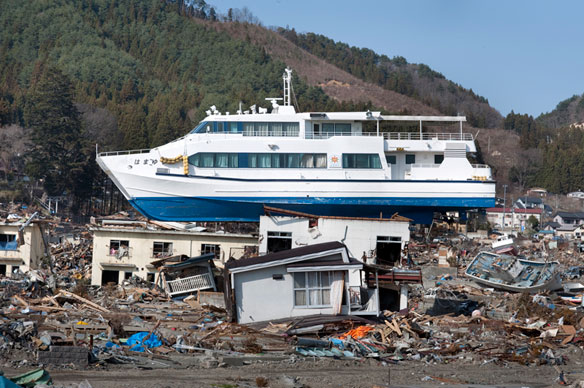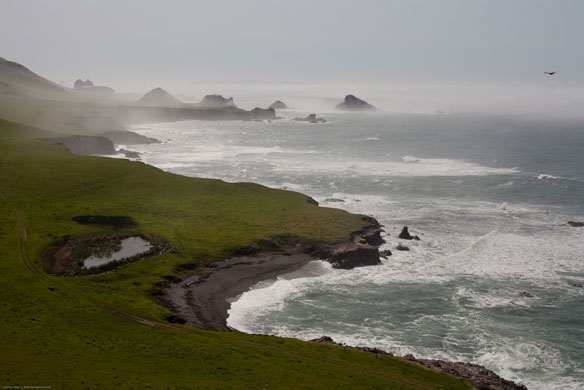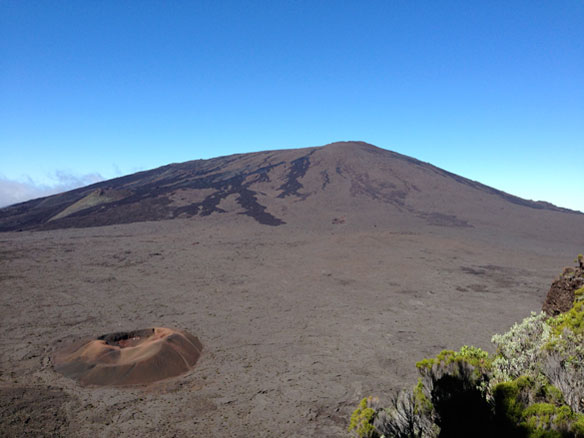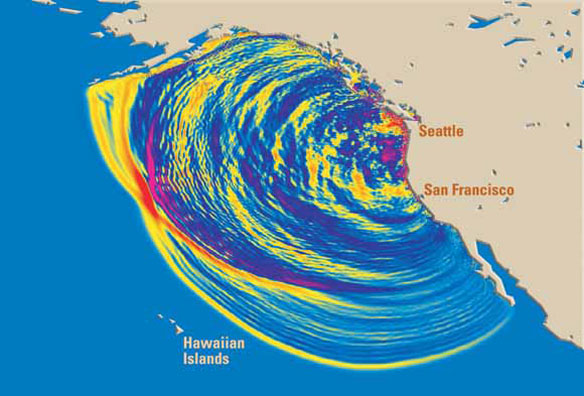Seawalls, coastal forests show mixed effectiveness at reducing deaths and damage from tsunami

Following the tsunami in 1933, coastal towns in Japan began to construct “tsunami seawalls” to protect lives and property from this repeated hazard. After the death and destruction of 2011, the effectiveness of tsunami seawalls has been called into question.
Fukushima and the oceans: What do we know, five years on?

A major international review of the state of the oceans five years after the Fukushima disaster shows that radiation levels are decreasing rapidly except in the harbor area close to the nuclear plant itself where ongoing releases remain a concern.
California’s nuclear plant to close amid longstanding earthquake concerns

California’s Diablo Canyon nuclear power plant will close by 2025 under an accord announced Tuesday, ending three decades of safety debates that helped fuel the national anti-nuclear power movement. The facility, which sits along a bluff on California’s central coast, supplies 9% of the state’s power.
A warning system for tsunamis

Seismologists have created a new algorithm that could one day help give coastal cities early warning of incoming tsunamis.
Tsunami risk: World’s shallowest slow-motion earthquakes detected offshore of New Zealand

New research indicates that slow-motion earthquakes or ‘slow-slip events’ can rupture the shallow portion of a fault that also moves in large, tsunami-generating earthquakes. The finding has important implications for assessing tsunami hazards.
Fukushima Site Still Leaking After Five Years, Research Shows

Five years after the Fukushima nuclear accident, study shows levels of radioactive forms of cesium in the ocean off Japan are thousands of times lower than during the peak releases in 2011, however, analysis of cesium and strontium indicate releases from the plant are not yet “under control,” a statement that has been used by the Japanese government to describe the situation when levels are below regulatory limits.
Scientists Debate Evidence of Ancient Megatsunami

Giant tsunamis may have helped to shape the world around us today.
Higher Levels of Fukushima Cesium Detected Offshore

Scientists monitoring the spread of radiation in the ocean from the Fukushima nuclear accident report finding an increased number of sites off the US West Coast showing signs of contamination from Fukushima. This includes the highest detected level to date from a sample collected about 1,600 miles west of San Francisco.
Tsunami-Vulnerable Towns Grapple With How to Save Lives

Bracing for a tsunami like the one that devastated Japanese communities during a 2011 mega-earthquake, coastal communities from British Columbia to California have been grappling with how to protect people from a similar catastrophe.
